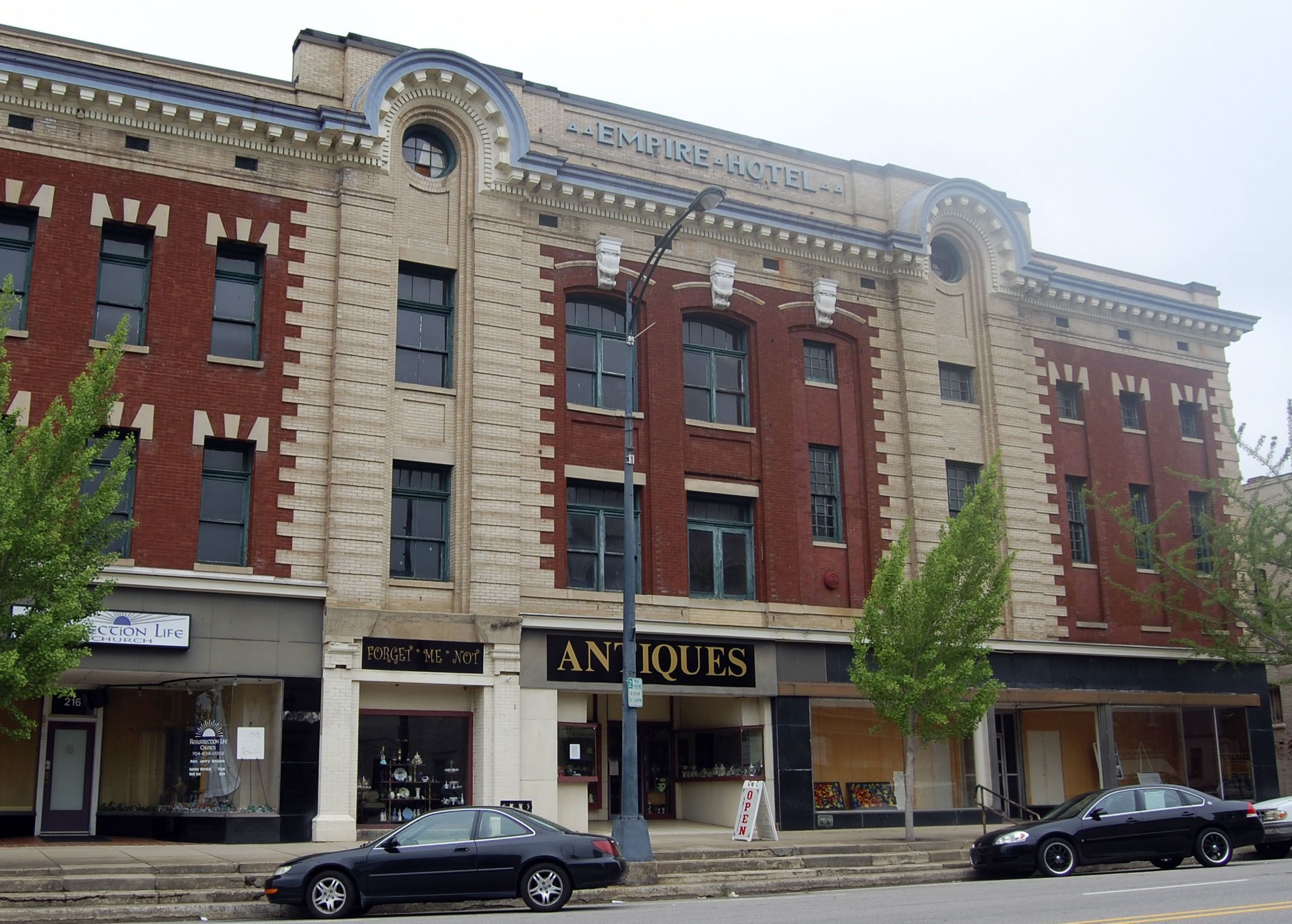Future of preservation at risk in N.C.
Published 12:00 am Thursday, June 5, 2014
The time to act is now. If you have shopped locally in a historic downtown in North Carolina, speak up. If you or your family has supplied merchandise, operated or helped rehabilitate a store in a historic building in North Carolina, call today. If you enjoy visiting historic mill villages or downtowns and seeing what makes each one different, make a difference.
The North Carolina Senate’s bill (S744) issued last week does not include Governor McCrory’s proposed revamp of the state historic rehabilitation tax credits. Unless the N.C. House of Representatives includes it in their revision this week, the expense involved in putting new life in an “old” building will be too great for many. As a result, these buildings will continue to sit vacant, deteriorate and may ultimately crumble.
Governor McCrory’s Historic Rehabilitation Investment Program (pages 107 -112 of his proposed budget) would streamline the current program, reducing overhead costs and making it more accessible for all historic preservation projects. There has been bipartisan support for the state program since its inception in 1993 and the results show in every corner of the state.
In the current sweep of tax reforms, historic rehabilitation tax credits are an anomaly. Projects must be listed on the National Register of Historic Places, present plans for the project and correctly complete the approved work before any credit is given. Often, this program levels the playing field between rehabilitating a historic building or deciding to demolish it and build a new one.
It has been proven that historic preservation projects do generate jobs, do further activity and investment in communities and do promote tourism. In this age of strip malls and box stores, preservation helps define a “sense of place” that lets people know it is not just like anywhere else. What could the loss of historic preservation tools mean for Rowan County? Projects like the Empire Hotel, the 1897 “Old Salisbury Firehouse” and the Napoleon B. McCanless House on South Main could cost 20 percent more to complete. This increased expense could cancel projects in our area and throughout the state, resulting in the loss of jobs.
What can you do to help? Contact your state representative and senator immediately and express your support for the governor’s Historic Rehabilitation Investment Program, as proposed in his budget. Briefly tell what historic preservation means to you and your quality of life. Contact your family and friends and ask them to do the same.
Legislators do value your input and a strong grass-roots effort is critical to protect the future of historic buildings in North Carolina. A quick reference to locate your legislator and their contact information may be found at http://www.ncleg.net/.
Brian M. Davis is executive director of Historic Salisbury Foundation.


